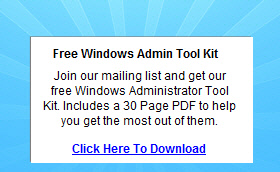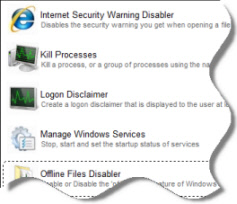HI,
If I run this command line, I get an error.
C:\Windows\System32\WindowsPowerShell\v1.0\powershell.exe -ExecutionPolicy Bypass -Noexit -Command "C:\Program Files\PNG\InstTrousses\Trousses\Vcredist2005_Frv1\ActiveSetup\ActiveSetup.ps1"
C:\Program : Le terme C:\Program n'est pas reconnu comme nom d'applet de
commande, fonction, fichier de script ou programme excutable. Vrifiez
l'orthographe du nom, ou si un chemin d'accs existe, vrifiez que le chemin
d'accs est correct et ressayez.
Au caractre Ligne:1 : 1
+ C:\Program
Files\PNG\InstTrousses\Trousses\Vcredist2005_Frv1\ActiveSetup\ActiveS ...
+ ~~~~~~~~~~
+ CategoryInfo : ObjectNotFound: (C:\Program:String) [], CommandN
otFoundException
+ FullyQualifiedErrorId : CommandNotFoundException
If I run:
C:\Windows\System32\WindowsPowerShell\v1.0\powershell.exe -ExecutionPolicy Bypass -Noexit -File "C:\Program Files\PNG\InstTrousses\Trousses\Vcredist2005_Frv1\ActiveSetup\ActiveSetup.ps1"Then there is no error message. I am not sure to understand the difference between both and the reason of this error. The PS1 is just an empty file.


